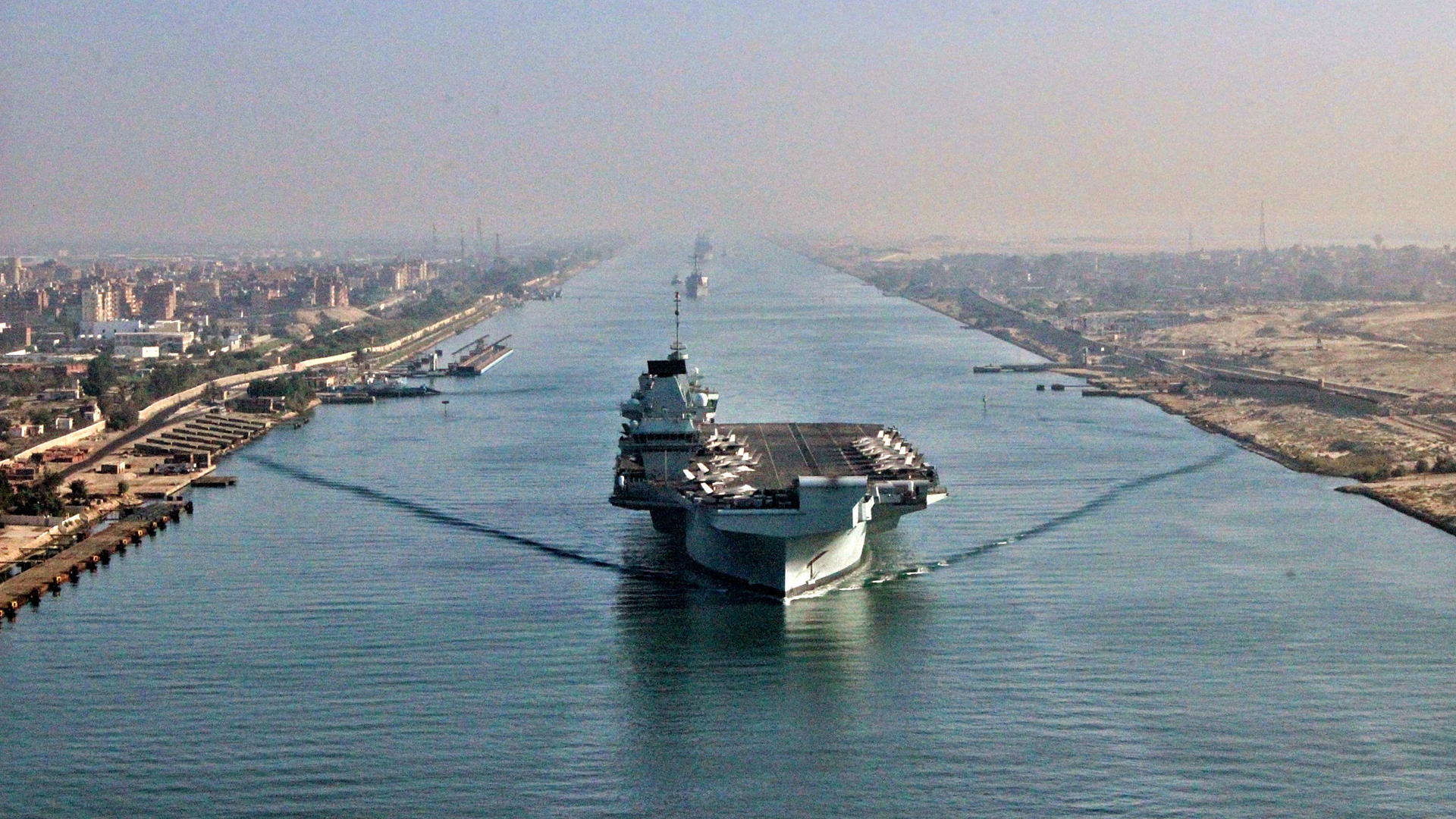Supply chain disruptions on the high seas
Supply chain disruptions on the high seas
The vast majority of goods are still transported by sea. According to SAPICS (The Professional Body for Supply Chain Management), however, sight is often lost of the far-reaching impacts shipping disruptions have on global trade and supply chains. These include inflation and food and energy security.
To survive and thrive in an environment marked by a host of maritime trade problems, businesses must be able to identify the risks and have plans in place to mitigate them, SAPICS stresses.
In its first quarter report for 2024, the International Chamber of Commerce (ICC) International Maritime Bureau (IMB) expressed concerns about the continued acts of maritime piracy off the coast of Somalia. The report noted that a total of 33 incidents of piracy and armed robbery against ships were recorded in the first three months of 2024, an increase from 27 incidents for the same period in 2023.
Of the 33 incidents reported, 24 vessels were boarded, six suffered attempted attacks, two were hijacked, and one was fired upon. Violence towards crew continues, with 35 crew members taken hostage, nine kidnapped, and one threatened.
“The resurgence of Somali pirate activity is worrying, and now more than ever it is crucial to protect trade, [and] safeguard routes and the safety of seafarers who keep commerce moving,” said ICC secretary general John WH Denton. “All measures to ensure the uninterrupted free flow of goods throughout international supply chains must be taken.”
The first few months of 2024 have also been difficult for vessels using two of the world’s busiest shipping lanes. As a result of Houthi rebels attacking vessels travelling through the Bab al-Mandab Strait into the Red Sea, ships were diverted around Southern Africa and trade volumes through the Suez Canal dropped by 40%. Trade through the Panama Canal has dipped by 30% since November. While the Suez’s troubles are geopolitical, Panama’s issues are climate related: the lakes that feed the canal are drying up due to drought and the locks connecting the Atlantic to the Pacific via Gatun Lake are now almost too shallow for the largest container ships to pass through. Earlier this month, Panama announced plans for a “dry canal” to move cargo between the Pacific and Atlantic Ocean. Until then, some shippers are reportedly paying up to US$4 million for a slot in an auction that enables them to jump the queue of backed up vessels.
The Suez Canal disruption and the rerouting of vessels around Africa could represent an opportunity for South African ports, but these are currently hampered by chronic congestion, infrastructure deterioration, and equipment breakdowns.
These are enormously challenging times for global maritime trade, says SAPICS, with supply chain repercussions impacting economies, businesses, and consumers. According to the United Nations Conference on Trade and Development (UNCTAD), the disruptions at the Suez Canal have created shortages of goods due to the increased cargo delivery time. Products affected include avocados from East Africa, as well as tea and coffee supply chains. A report from UNCTAD notes: “rerouting vessels around Africa adds about 12 days to the ship journey on a route from Asia to Europe. Extended travel distances and transit times are estimated to cut effective global container shipping capacity by around 9%. A round trip between India and Europe, for example, takes 56 days and 8 ships. If the journey takes 63 days, an extra ship will be needed.”
Recognising the critical role that shipping plays in global supply chains, SAPICS has lined up a compelling presentation on supply chain disruptions on the high seas at the upcoming 2024 SAPICS Conference, Africa’s leading event for supply chain professionals. Malcolm Hartwell, master mariner and head of transport for Africa at Norton Rose Fulbright, South Africa, will share his experience and insights with attendees. “It is crucial for supply chain professionals to understand the current causes of disruptions to supply chains caused by shipping issues,” says Hartwell, adding that his 2024 SAPICS Conference presentation will offer steps to take to mitigate the risks, including contractual and insurance arrangements.
Now in its 46th year, the 2024 SAPICS Conference takes place in Cape Town from 9 to 12 June. Hundreds of attendees from around the world will gather to network, learn, and share knowledge through panel discussions, presentations, workshops, and case studies. SAPICS is hosting this year’s conference in association with the Southern African Association of Freight Forwarders (SAAFF).
For more information or to register to attend the 2024 SAPICS Conference, visit the conference website: https://conference.sapics.org, contact the Conference Secretariat at Upavon Management on (+27) 11 023 6701, or email info@upavon.co.za.

The decision by the Cabinet to repeal the monopoly railway policy (see sidebar) has introduced a glimmer of light in the tunnel, but implementation is South Africa’s Achilles heel. In other modes – road, air, and sea – direction is determined by the driver with the steering wheel, with the opportunity to wander. In railways, the direction of trains is changed by the controller by means of the points, with no opportunity to wander and no policy ambivalence. The change of railway policy requires a definite “change of the points” to achieve open access under an independent track manager and train controller, not the resuscitation of the cause of the collapse.
A fundamental requirement to make it possible to permit many train operators on the network of lines is that the controller must exercise complete control of all train movements on the entire network; all train operating companies (TOCs) must be subordinate to the controller. The creation of competing TOCs will require very significant investment by the private sector. Therefore, all TOCs must be treated the same and be subject to all the safety and technical regulations. All must pay for their track usage in terms of published schedules which are the same for all operators. The level “playing field” is needed to promote competition and high levels of customer service, so that reduced costs will attract cargo from road to rail.
The independent track management and train control agency will be a statutory company like the National Roads Agency, under the control of the Department of Transport (DoT). It will take control of the entire network. Here I am referring to both Transnet and the Passenger Rail Agency of South Africa (PRASA). All technical and safety regulations will need to be published and enforced by the Railway Safety Regulator (RSR), also to be located in the DoT.
The cost of the track agency will be recovered by train-path charges to all TOCs using the rail network. There will be very extensive repair and overhaul costs to restore the dysfunctional existing systems. Tariffs will need to be subsidised to attract new TOCs and to promote competition. The level of tariffs charged by the Track Agency must be moderated by the Railway Economic Regulator in the same way as port charges are regulated by the Ports Regulator. It is essential that this process reduces the cost of rail freight to below road freight costs if the railways are to be competitive on the intercity routes, which are the major market in which they are likely to compete.
The process of discussions in committees has started but the “change of points” to a new competitive policy is still not evident. Definite policy decisions must be made by the controllers, not the SOCs, as the drivers. If the points are not changed, there will be minimal interest in private sector participation and South Africa’s logistics sector will continue to be expensive without the option of competitive railways.
How private companies will use rail network
Transnet has begun the process of allowing private companies to use its rail network by publishing a document detailing how it envisages the process will work. You can read the 150-page document here.
Should these plans be implemented, the African Rail Industry Association believes some 58 million tonnes of cargo could be “instantly” moved off South Africa’s roads. Another estimate by Stellenbosch University has pegged the number at 73 million tonnes.
Published by
Focus on Transport
focusmagsa




